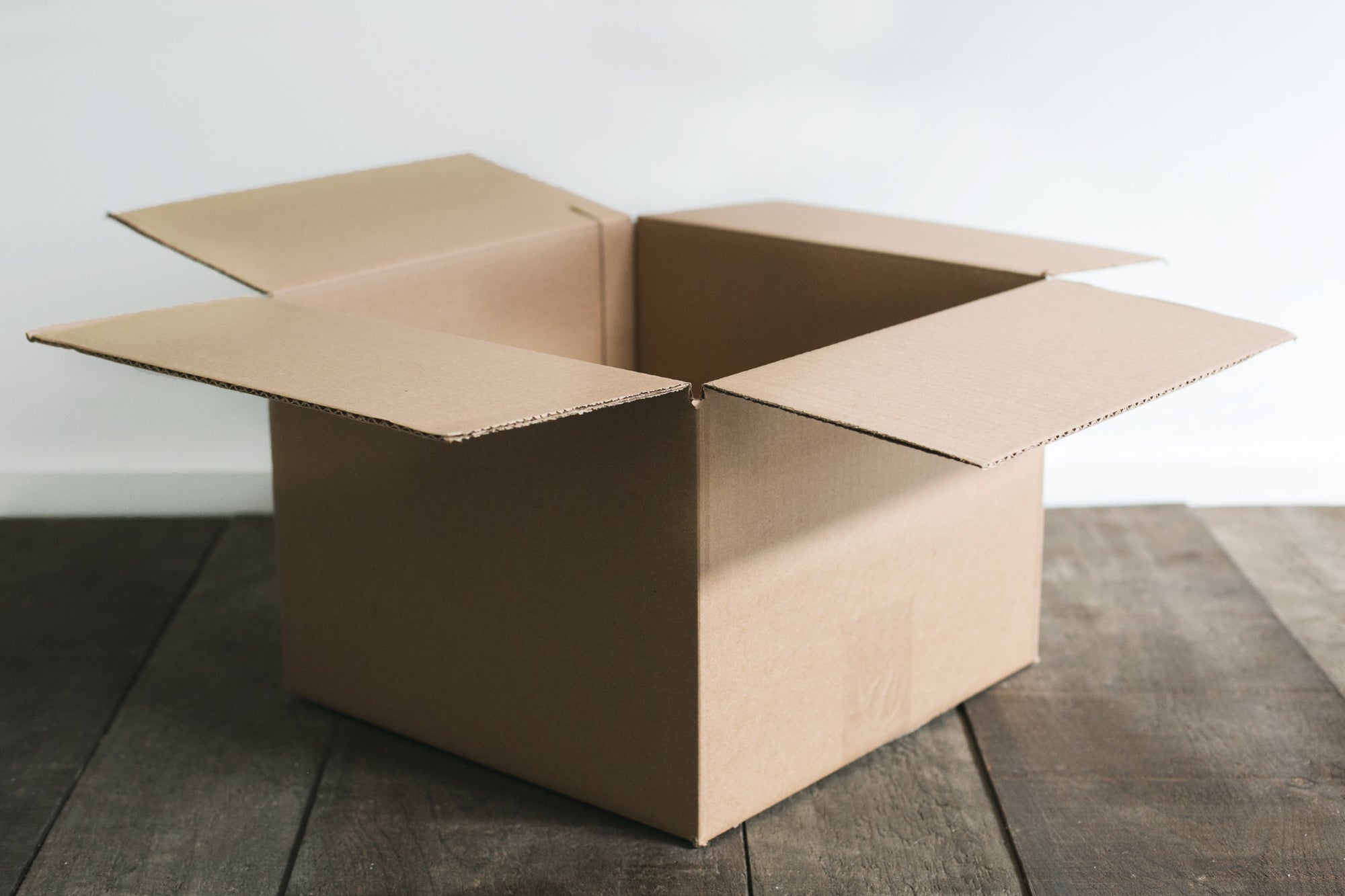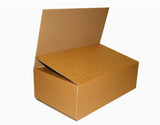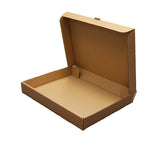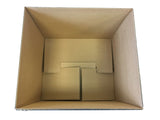Different Styles Of Cardboard Boxes

Different products have different applications, specifications and packaging requirements. To cater for the vast array of products available to consumers and businesses, there are many different cardboard box styles available.
Different cardboard box styles have unique references as defined by FEFCO (The European Federation Of Corrugated Board Manufacturers). See below for some examples of different box styles that you may see on a day to day basis.
| Image | Fefco Code | Description |
 |
0201 | Industry standard conventional box where the flaps on both ends meet in the middle. Used for packing a wide variety of products, the 0201 style cardboard boxs is the most common style used across the globe. |
 |
0203 | A similar style to the 0201 standard cardboard box listed above, with fully overlapping flaps. 0203 style cardboard boxes are used for packing heavy products, offering extra protection in transit. |
 |
0426 | Your conventional 'Pizza Style' cardboard box, with a lid that folds over the base. Pizza style boxes are not just used for despatching pizzas to hungry customers! Often this style box is used as a mailing pack too. |
 |
0427 | Self locking boxes have tabs that interlock, removing the need for sellotape. Self locking, die cut boxes really come into their own once mad up. The interlocking nature of the box helps to provide rigidity in transit. |
 |
0225 | Archive boxes are constructed using a die cut base and lid. Often found with hand holes too. With the ongoing demand for document storage, archive boxes have become really popular. |
 |
0200 | Similar to the 0201 style cardboard box, however the top of the box remains as an open top, with no sealing flaps.This style of cardboard box is often used for storage or as picking bins. |
Featured Articles

December 08, 2025
Important dates for Christmas 2025
Here are some important dates to take note of so that you receive your boxes and packaging materials...

December 03, 2025
Options for Recycling Cardboard Boxes
How to recycle cardboard waste: a guide for business and the home The principles of recycling have b...

November 27, 2025
We are WINNERS of a National Recycling Award!
We're thrilled to announce a big win at the MRW National Recycling Awards 2025! Our pioneering cardb...

July 17, 2025
Sadlers becomes Sustainability West Midlands Member
Back in February this year we made the decision to join the Sustainability West Midlands network whi...